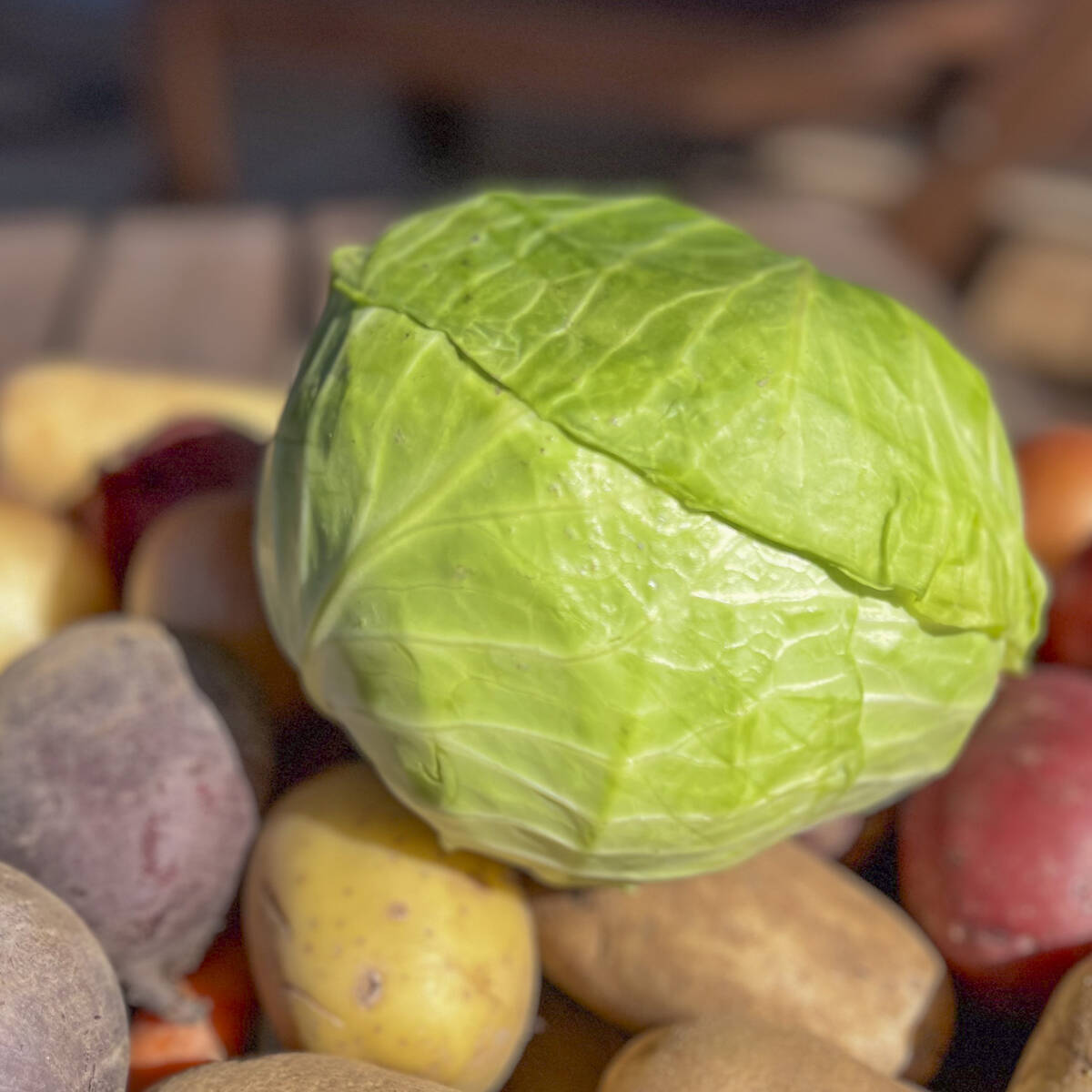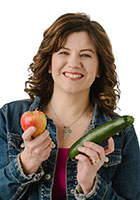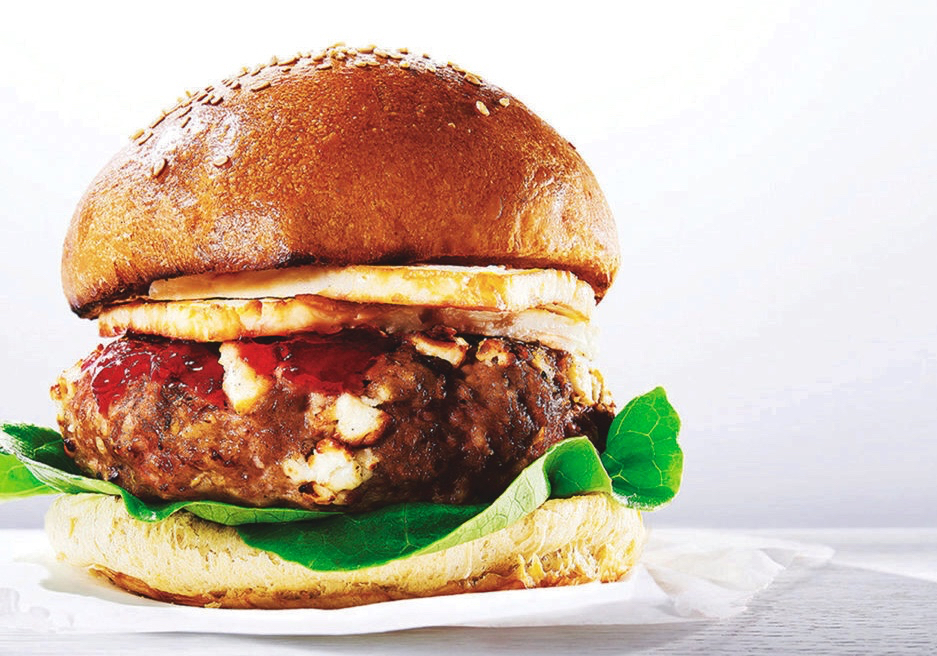Eat more vegetables. If you’re looking for one piece of advice for improving your eating habits in 2019, this is it.
Look at any food guide across the globe, including the just-released Canadian one, ask any health professional, research recommendations from any chronic disease organization and you’ll find they all recommend eating more vegetables for improved health.
Vegetables are rich in fibre, vitamins and minerals and most are low in the things we’re supposed to avoid — sugar, sodium and unhealthy fats. They come in varied shapes, sizes and textures and all offer something unique. Some are high in water to help keep us hydrated, some help us feel full, some provide protein and some are loaded with antioxidants and other disease-fighting compounds. That’s why adding a variety of vegetables to your diet comes so highly recommended.
Read Also

Cooking cabbage deserves revival
Cabbage recipes don’t need to be boring. Rediscover the taste, diverse uses and local Prairie food traditions of this leafy green
Unfortunately, adding more vegetables to your plate is not getting any cheaper. According to the 2019 Canadian Food Report by Dalhousie University and the University of Guelph, vegetable prices are going up by four to six per cent this year. Increases like this will make bypassing cheap, convenient, highly processed, nutritionally poor foods more challenging. But stick to your guns, don’t let rising vegetable prices compromise your family’s health.
To help you make the most of your food budget and include as many vegetables as you can, here are a few shopping tips and recipes to keep you eating healthy.
Make a meal plan and shop accordingly
Last-minute decision-making, impulse shopping or stopping for food on the way home are sure ways to blow the food budget. While it may not be the most fun activity, making a meal plan for what to eat for the week ahead helps. When planning your meals, think of what’s in your freezer and pantry already and use flyers to see what’s on sale. And don’t forget to plan for leftovers.
Think seasonal
You’ll get much more value for your dollar when you buy fresh vegetables that are in season. It’s also healthier and more fun to change the type of vegetables you eat throughout the year. During the winter months, look for beets, parsnips, carrots, cabbage, brussels sprouts, onions, leeks, squash, sweet potatoes and hardy greens like spinach, kale and chard. In the fruit bin look for apples, pears and a variety of citrus fruits.
Buy frozen and canned vegetables
Add to the list of fresh, seasonal vegetables with equally nutritious frozen or canned vegetables. Canned tomatoes, corn and beans are always good to stock up on when on sale. In the freezer aisle, look for peas, green beans, corn, cauliflower, spinach, broccoli and vegetable medleys without sauce. Frozen vegetables are quick and easy to heat and serve with just a little dab of oil or butter and a sprinkle of herbs. Vegetable medleys are perfect for delicious stir-fries or tossing into soups and casseroles.
Reduce veggie food waste
One of the most frequently wasted foods in Canadian homes are fresh vegetables. We buy them but tend to forget about them in the bottom of the fridge. Having a meal plan can help, so can having a few recipes that use up vegetables that are still good to eat but have lost their fresh appeal. Soups, casseroles and egg dishes like frittata are perfect for making the most of forgotten veggies.
Use your freezer
Grow and freeze your own vegetables, stock up on sales, prepare make-ahead meals or simply freeze your leftovers. Freezing food is an excellent way to save money and have healthy food available at your fingertips. For best flavour and quality, rotate through your frozen food every six to 12 months.
Enjoy these recipes and continue to make veggies a big part of your healthy eating.
Winter Citrus Salad
Salad
- 6 to 8 c. kale, spinach or salad greens
- 3 oranges (mix different varieties:navel, Cara Cara, tangelo or blood orange)
- 1/4 red onion, sliced
- 1/2 c. toasted pecans or walnuts
- 1/4 c. crumbled feta cheese
- 1/4 c. dried cranberries
Vinaigrette
- 1/3 c. canola oil
- 1 tbsp. apple cider vinegar
- 1 tbsp. orange juice concentrate
- 1 tsp. Dijon mustard
- 1/2 tbsp. honey
- 1 green onion, finely chopped
- Salt and pepper to taste
Wash and dry salad greens. Peel oranges and remove all the white pith. Separate into segments and cut into bite-sized pieces.
Make vinaigrette by pouring all ingredients in a screw-top jar and shaking vigorously.
Toss salad greens with vinaigrette (you may not need all the vinaigrette). Add orange pieces to salad. Top with pecans, cranberries and goat cheese.
Spinach Frittata
- 1 tbsp. canola oil
- 2 cloves minced garlic
- 1/2 c. sweet peppers, diced(red, yellow, orange)
- 1/2 c. mushrooms, chopped
- 3 c. fresh spinach, coarsely chopped
- 8 eggs
- 1/3 c. milk
- 1/2 tsp. salt
- 1/4 tsp. cayenne pepper
- 1/4 tsp. nutmeg
- 1 c. grated cheddar cheese
In an ovenproof skillet, heat oil on medium heat. Sauté garlic to release flavours.
Add peppers and mushrooms,heat through for about two tothree minutes.
Add the spinach and sauté until starting to wilt, about two minutes.
Meanwhile, whip eggs in a bowl until well mixed. Add milk, seasonings and half the cheese to eggs.
Pour egg mixture over spinach. Cook on medium heat until bottom sets and begins to brown, about three minutes. The top will still be wet. Sprinkle remaining cheese on top. Place under broiler on low setting (be sure your oven rack is in the top rack). Broil until top is set and starts to brown(about three minutes).
Take out of oven and let sit for two to three minutes to set.
Slice into wedges and serve.
















